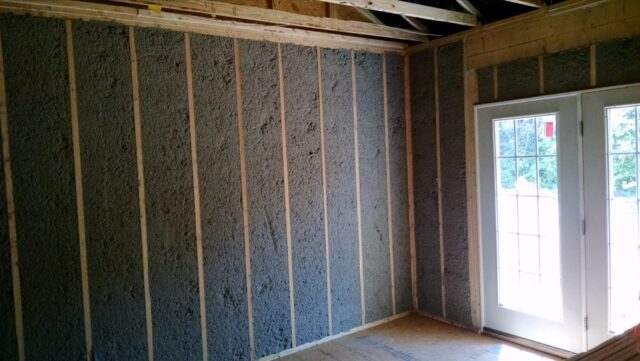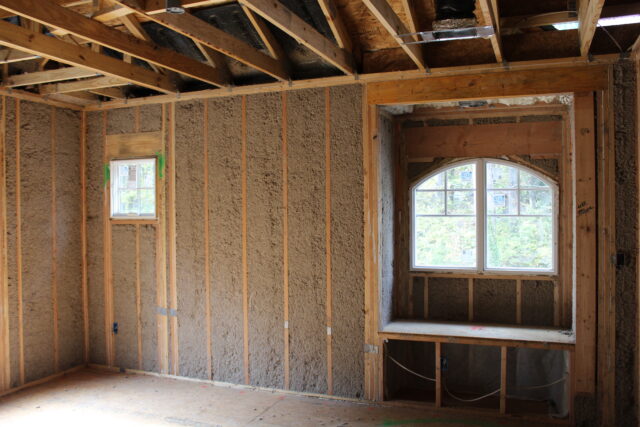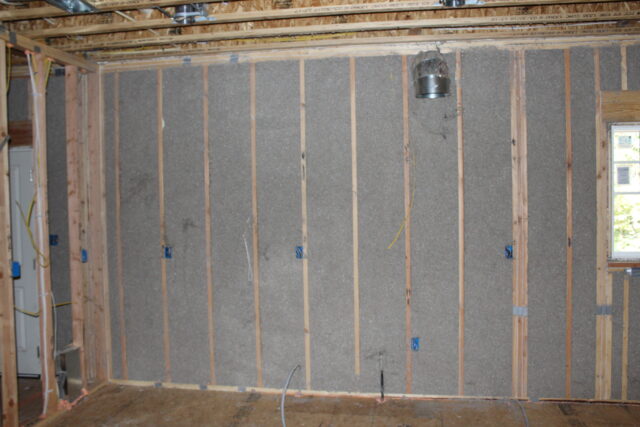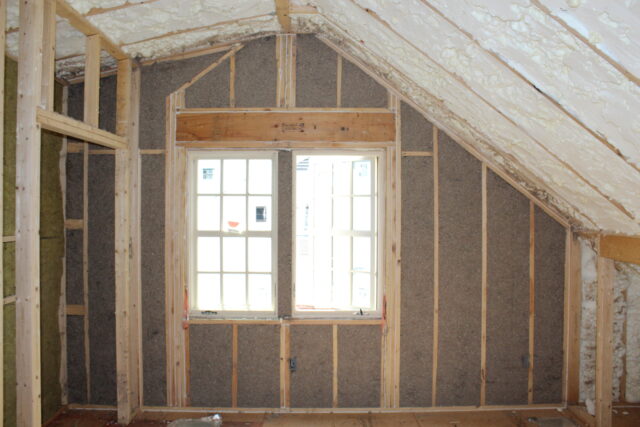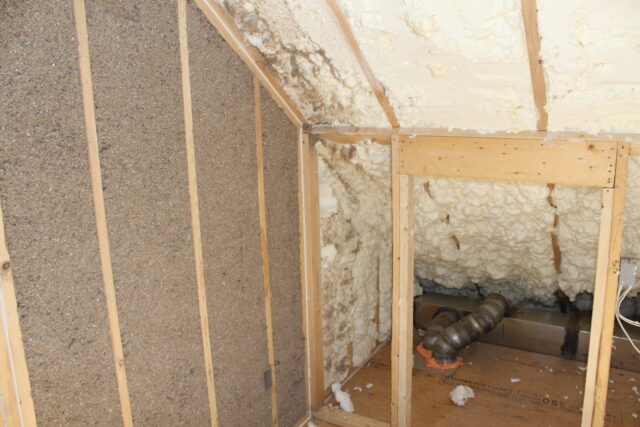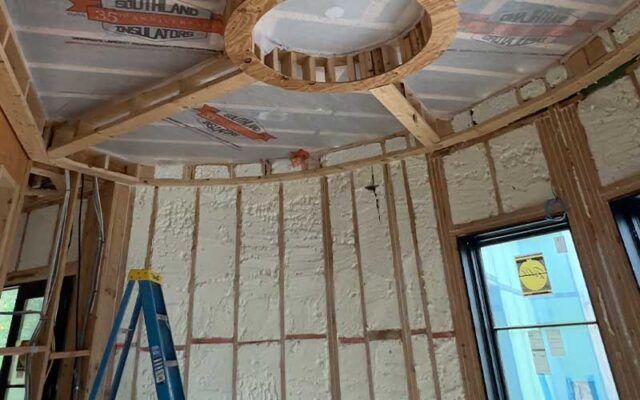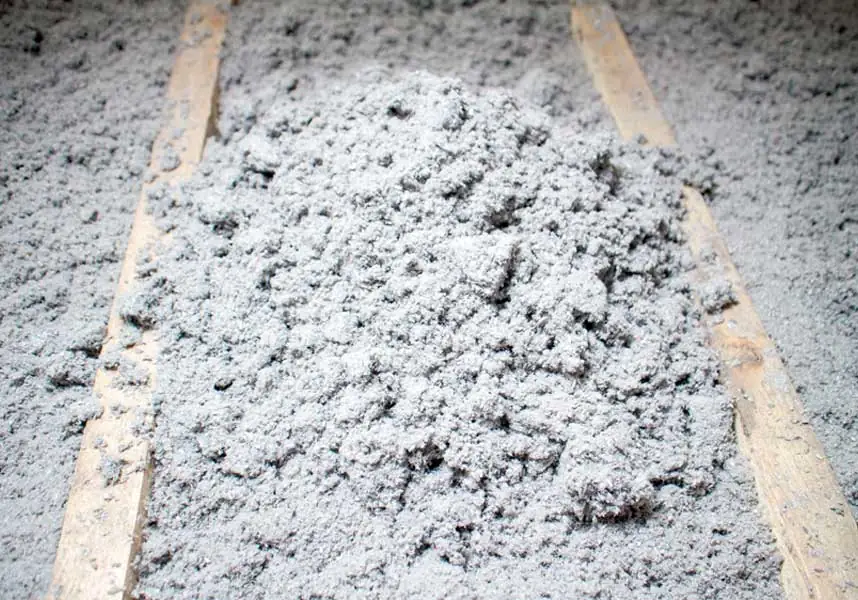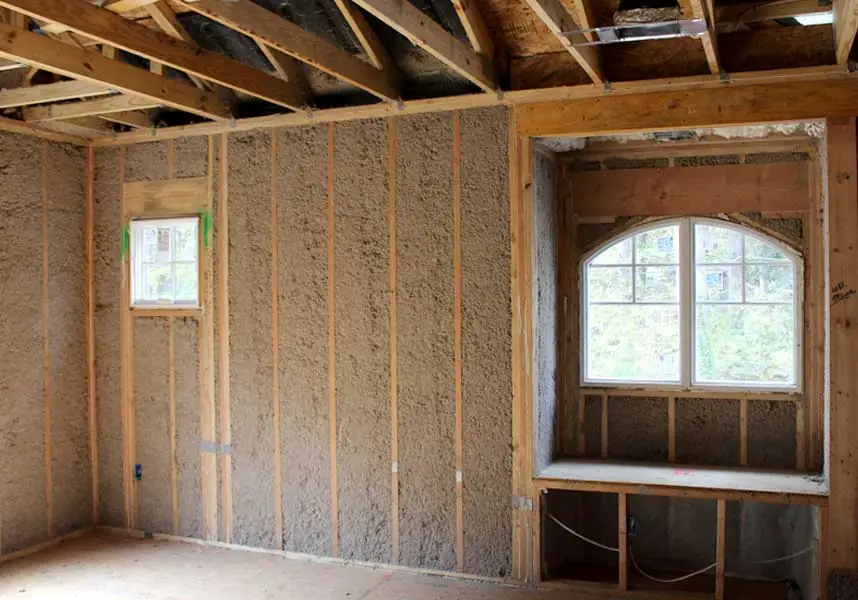Cellulose Insulation Installation Services in Virginia
Looking for an insulation option that’s effective and eco-friendly? Cellulose insulation is one of the most sustainable products available, made from recycled paper that has been specially treated for safety and performance. Its dense structure helps prevent air leaks and maintain steady indoor temperatures, giving your HVAC system a break.
Southland Insulators has been serving homeowners and businesses in Manassas, Winchester, and surrounding Virginia communities for decades. Our expert team installs cellulose insulation with precision, so you get maximum comfort, energy savings, and peace of mind.
Blown-In Cellulose Insulation
Blown-in cellulose is applied with professional-grade equipment that distributes the fibers evenly into attics, wall cavities, and other tight spaces. This process creates a uniform layer of coverage that seals gaps and improves energy efficiency.
Popular applications include:
- Open attics in new or existing homes
- Interior and exterior wall cavities
- Ceilings and floors for sound control
- Hard-to-reach or irregularly shaped areas
Benefits of Cellulose Insulation for Virginia Homes
Installing cellulose insulation offers homeowners a variety of advantages:
- Energy performance: Dense coverage reduces drafts and maintains comfortable indoor temperatures.
- Eco-conscious choice: Made with up to 85% recycled paper, cellulose is one of the greenest insulation options available.
- Sound dampening: Excellent at reducing noise transfer between rooms and floors.
- Fire resistance: Treated with non-toxic fire retardants for added safety.
Frequently Asked Questions About Cellulose Insulation
Still have questions about cellulose insulation? We have answers!
Yes. Cellulose insulation is made primarily from recycled paper products and helps reduce landfill waste. It is one of the most environmentally conscious insulation materials available in Virginia.
Absolutely. Because of its density, cellulose absorbs sound better than many other insulation types, reducing noise from traffic, neighbors, or between interior rooms.
Both products are effective, but cellulose provides superior air sealing and sound absorption, while fiberglass offers affordability and versatility. Our experts can help you choose the right material for your home and budget.
Yes. Cellulose insulation is treated with borates, a non-toxic fire retardant and pest deterrent, making it safe for both families and pets.
Virginia homeowners may qualify for rebates or energy-efficiency incentives when upgrading their insulation. Our team can connect you with the latest programs.
The price varies depending on the size of your project and whether you’re insulating an attic, walls, or floors. Southland Insulators offers free estimates to provide an accurate cost for your specific needs.
In most cases, no. If the existing insulation is dry and in good condition, additional cellulose can be added on top to increase performance. If there are signs of water damage, mold, or pests, removal may be necessary before installation.
Trust Southland Insulators for Comfort and Efficiency
Ready to explore cellulose insulation for your Virginia home or business? Our team is here to guide you through every step — from comparing products to professional installation.
Call Southland Insulators today to schedule a free consultation and estimate.
Cellulose Insulation Gallery
